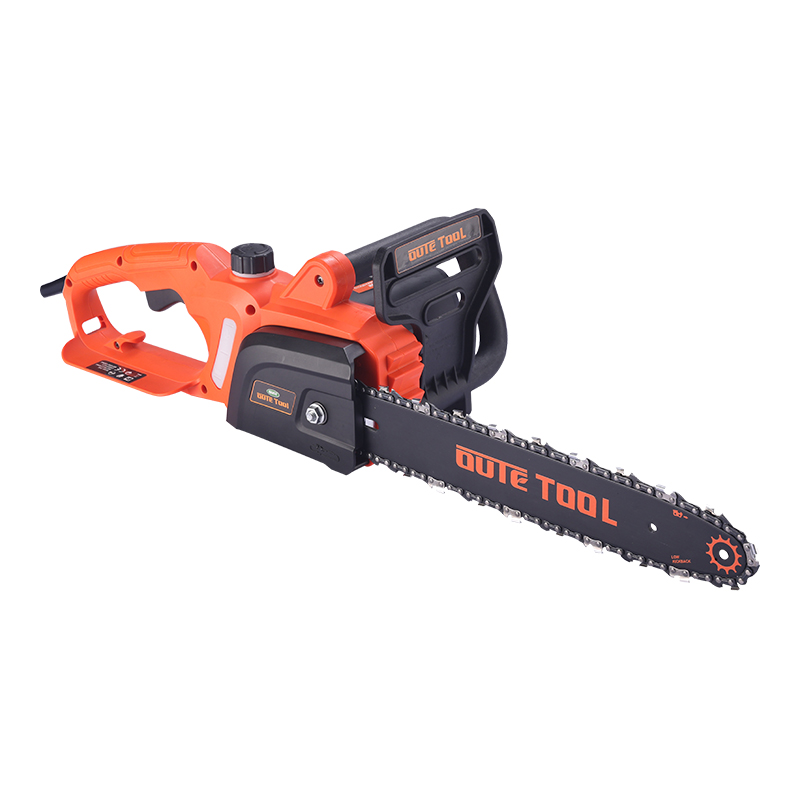The world of chain saws has seen significant advancements over the years, consequently an ongoing debate about the better power source for these indispensable tools. In the realm of chain saws, two primary power sources dominate the market: electric and gas. Each type of chain saw comes with its own set of advantages and disadvantages, and understanding these can help users make informed decisions about which chain saw better suits their needs. This article delves into the core differences between electric and gas chain saws, highlighting their respective strengths and limitations.
The Basics of Chain Saw Power Sources
Electric chain saws are powered by electricity, either through a corded connection to a power outlet or via rechargeable batteries. Corded electric chain saws are typically lighter and quieter than their gas counterparts, making them an nice choice for residential use. They require an extension cord and a nearby power source, which can limit their range of operation. However, they offer consistent power output without the need for fuel, making them a reliable option for small to medium tasks.
Cordless electric chain saws, on the other hand, provide greater mobility. They are powered by rechargeable batteries, which have improved significantly in recent years. These chain saws are ideal for light to moderate tasks around the yard or garden. However, the battery life can be a limiting factor, and users may need to invest in additional batteries or frequent recharges for extended use.
Gas chain saws are powered by gasoline engines, offering better power and performance. They are the preferred choice for heavy-duty tasks, such as felling large trees, cutting through thick logs, and professional forestry work. Gas chain saws are not tethered by cords or limited by battery life, providing unrestricted mobility and extended operational times.
However, gas chain saws come with certain drawbacks. They are generally heavier and noisier than electric chain saws, requiring more maintenance due to their complex engines. Additionally, they emit exhaust fumes, which can be a concern for environmentally conscious users. Fuel mixing and storage also add to the operational complexities of gas chain saws.
Comparing Performance and Usability
Power and Cutting Efficiency
When it comes to raw power, gas chain saws typically outperform electric chain saws. The robust engines of gas chain saws deliver higher torque and cutting speed, making them suitable for demanding tasks. For professional loggers and arborists, the power of a gas chain saw is often unmatched.
Electric chain saws, while generally less powerful, are not to be underestimated. Advances in battery technology have closed the performance gap significantly. For everyday yard maintenance, pruning, and cutting small to medium-sized trees, electric chain saws can perform admirably. Their instant start-up and quieter operation add to their convenience.
Ease of Use and Maintenance
Electric chain saws are generally easier to use and maintain than gas chain saws. They start with the push of a button, eliminating the need for pull cords and fuel priming. Maintenance tasks for electric chain saws are also simpler, typically involving only chain sharpening and occasional lubrication.
Gas chain saws, in contrast, require more frequent and detailed maintenance. Users must manage tasks such as cleaning or replacing air filters, spark plug maintenance, and ensuring the proper fuel mix. The start-up process can be more cumbersome, particularly in cold weather, where engine priming can be challenging.
Environmental Impact
Environmental considerations are increasingly important in the chain saw industry. Electric chain saws have the advantage of being more environmentally friendly. They produce no exhaust emissions, making them a cleaner option for users concerned about air quality and environmental impact. The noise levels of electric chain saws are also significantly lower, reducing noise pollution in residential areas.
Gas chain saws, while powerful, produce exhaust emissions that contribute to air pollution. The noise generated by gas engines can also be disruptive, particularly in quiet neighborhoods. For users prioritizing environmental sustainability, electric chain saws present a more attractive option.
Cost and Long-Term Investment
Initial Cost and Operation
Electric chain saws generally have a lower initial cost compared to gas chain saws. Corded models are particularly affordable, while cordless models can be more expensive due to the cost of batteries. Over time, the operational costs of electric chain saws are relatively low, with minimal maintenance and no fuel expenses.
Gas chain saws, while more expensive upfront, can be cost-effective for heavy-duty use. They have higher fuel and maintenance costs, but their durability and power make them a worthwhile investment for professionals and frequent users. The long-term costs must be weighed against the frequency and intensity of use.
Choosing the Right Chain Saw
The decision between electric and gas chain saws ultimately depends on the user’s specific needs and preferences. For light to moderate yard work, an electric chain saw offers convenience, ease of use, and lower environmental impact. Cordless models provide flexibility and mobility, while corded models ensure consistent power supply.
For demanding tasks and professional use, a gas chain saw is often the better choice. The better power and cutting efficiency of gas chain saws make them indispensable for heavy-duty applications. However, users must be prepared for the additional maintenance and operational complexities that come with gas-powered tools.
In conclusion, the battle between electric and gas chain saws is not about finding a clear winner but understanding the strengths and limitations of each type. Both electric and gas chain saws have their place in the market, catering to different needs and preferences. By carefully considering the specific requirements and intended use, users can choose the chain saw that better meets their needs, ensuring efficient and effective performance in all their cutting tasks.







